Family Activities Posts on Crowch
December 1 marks World AIDS Day, the first ever global health day, established by the World Health Organization in 1988. On this day, millions of people around the world come together to raise awareness of HIV/AIDS, to support those living with the virus, and to remember those we have lost.
🌍 Why is this day important?
AIDS remains one of the most serious global health challenges of our time. Since the discovery of the virus in the 1980s, millions of lives have been affected. However, thanks to the work of scientists, doctors, and activists, we have made incredible progress: today, modern treatments allow people living with HIV to live long and fulfilling lives.
❤️ The Red Ribbon Symbol
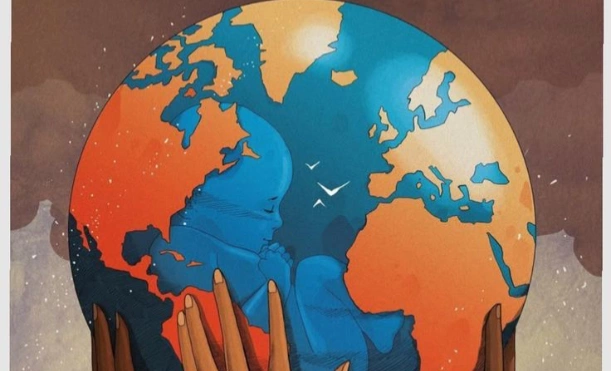
The most recognizable symbol of World AIDS Day is the red ribbon. It represents remembrance for the victims of the epidemic, support for those living with HIV, and hope for a future free from stigma and discrimination. By wearing a red ribbon, we show solidarity and a willingness to speak openly about the issue.
🤝 Fighting prejudice
One of the greatest challenges today is not only fighting the virus but also fighting prejudice. Unfortunately, people living with HIV still face discrimination. It is crucial to remember: HIV does not define a person. It is simply a medical condition that requires treatment and compassion.
💡 Theme of 2024
Each year, World AIDS Day carries a theme that highlights a specific aspect of the response to HIV — from prevention and testing to equal access to treatment. But the core message remains the same: every life matters.
🌱 Hope and the future

With ongoing research and global cooperation, humanity is closer than ever to ending the spread of HIV. More countries are offering free testing and treatment, and most importantly, society’s attitudes are changing: HIV is no longer a taboo subject.
World AIDS Day is a reminder to us all: knowledge, compassion, and support can save lives.
Thanksgiving is traditionally seen as a time for family and gratitude, yet its influence goes much further. Celebrated in the United States and Canada, this holiday creates a unique cultural atmosphere, impacts the economy, and even shapes global trends.
Family values and symbolism
At the heart of Thanksgiving lies the idea of gratitude. Around the festive table, families express appreciation for the past year, for health, and for loved ones. The centerpiece of the evening is the roasted turkey, surrounded by classic dishes like mashed potatoes, corn, and pumpkin pie. This meal becomes a ritual that unites millions of families.
For many Americans, it is the only time of the year when the entire family gathers in one home. The tradition of traveling hundreds or even thousands of miles to meet loved ones makes Thanksgiving a unique moment in national culture.
Economic impact and Black Friday

Interestingly, the day after Thanksgiving marks the famous “Black Friday” — the biggest shopping day of the year. Stores open early in the morning, and online platforms launch massive sales. This day has become a symbol of consumer culture and a major economic driver, affecting not only the United States but also global trade.
Thus, Thanksgiving is tied not only to spiritual values but also to a powerful economic movement that kickstarts the holiday season.
Cultural heritage and popular culture
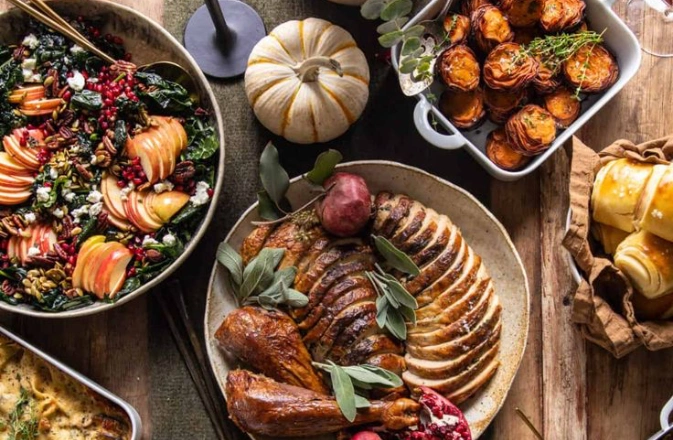
Thanksgiving has firmly entered art and media. Movies and TV shows often depict dramatic or heartwarming scenes of family dinners, reflecting real life. Macy’s Parade in New York has become an iconic cultural event, with millions watching giant balloons and festive floats every year.
Even those living outside the United States have come to know the holiday through films, music, and the internet. As a result, the idea of gratitude and unity is becoming increasingly universal.
Charity and social meaning
The true essence of Thanksgiving is also expressed in acts of kindness. On this day, thousands of volunteers prepare meals for the homeless, help the elderly, and organize support campaigns for those in need. Gratitude is shown not only through words but also through actions.
Global influence
Although Thanksgiving is officially celebrated only in the United States and Canada, it is increasingly drawing attention in other countries. Some see it as a cultural event, while others adopt the tradition of family dinners and words of thanks in their own way.
Conclusion
Thanksgiving is a unique combination of spiritual and material traditions. It unites families, shapes cultural images, triggers major economic processes, and inspires good deeds. Its universal message — to be grateful for life, for loved ones, and for opportunities — makes the holiday meaningful not only for Americans but for the entire world.
Father’s Day has a quiet way of reminding me how time moves — not just in the grand, sweeping changes but in small, precise moments. It’s a day that used to mean cards and gatherings, but over the years, it’s become more about the stillness and the conversations that stretch late into the night. As someone who embraces late nights and the slow unfolding of thoughts, Father’s Day now feels like a checkpoint where I measure not just the years passed, but the depth of connection with those closest.
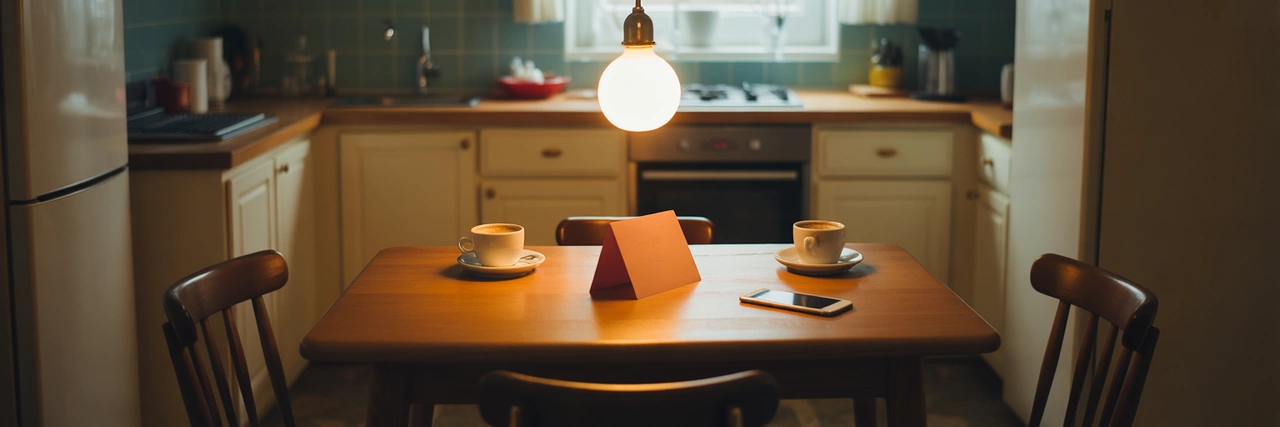
There’s something almost tangible in these moments alone or with family — the kind of silence where unspoken things settle and thoughts gather. As a father, I’ve learned that the gift isn’t in the loud celebrations but in being present, even if only for an hour late at night, sharing stories or listening without distraction. The long hours of evening allow for reflection on the past and planning for the future, away from the daytime noise.
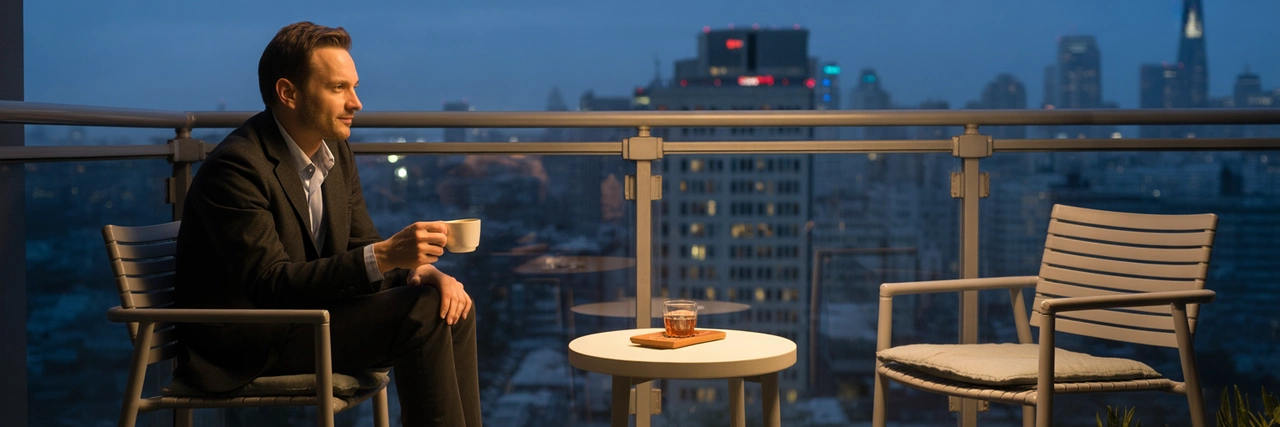
The paradox of Father’s Day for me is that it pushes me to confront how I spend my time — whether I’m really there in the moments that matter. In the world of politics and art that I navigate, it’s easy to get pulled into external demands. But days like this bring me back to the basics: family, legacy, and the quiet bonds that define us. It’s a reminder that late nights aren’t just for work or inspiration but can be for meaningful connection.
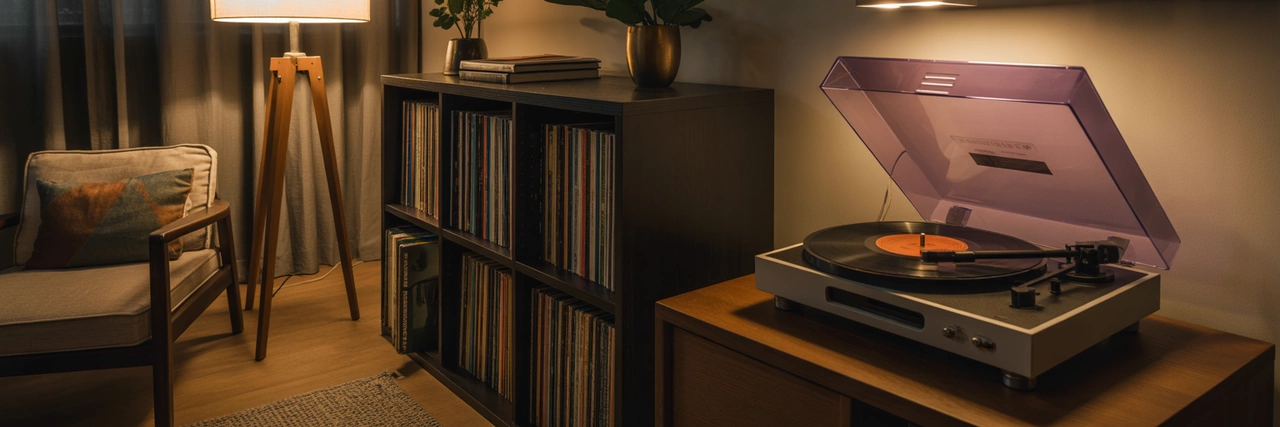
These reflections, grounded in the simple reality of Father’s Day, reinforce a truth I live by: life is not just about the hours counted but about how those hours are spent. Late nights can be a space for dreams, work, and yes, connection. That balance, while delicate, is what I try to hold onto, especially on days that quietly ask us to pause and appreciate the threads that weave our lives together.
This summer I decided I was going to move more — without signing up for a gym or following some elaborate fitness plan. I chose something much simpler: walking. Every morning, I start my day with a 30-minute walk through the nearby park. It’s a chance to clear my mind, appreciate the season, and slowly get back in shape.
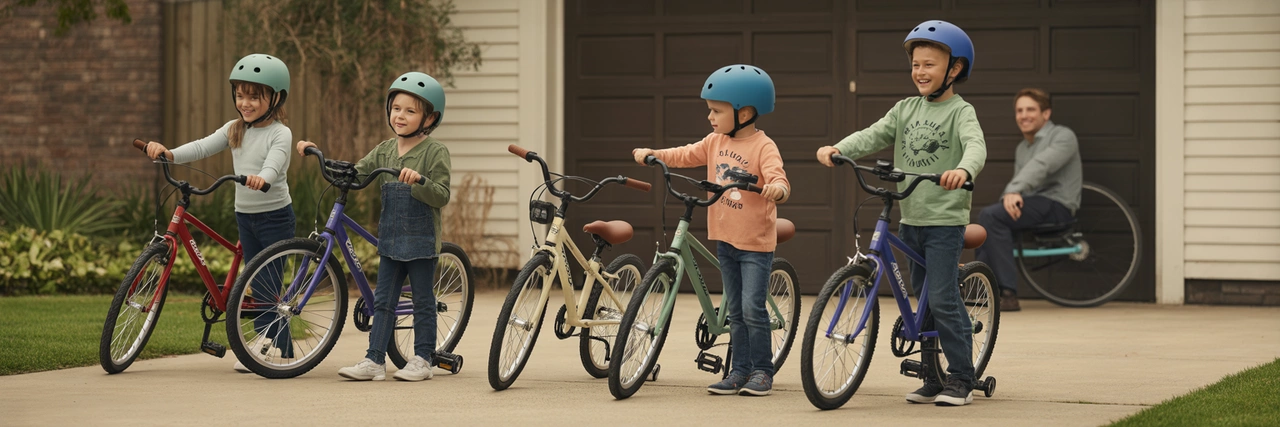
Walking might seem ordinary, but I’ve noticed a significant improvement in my health. My resting heart rate is down, I’ve lost a few pounds, and I feel less stressed. It’s a sustainable way to ease back into activity — without putting a heavy load on my joints or overloading myself. All I need is a pair of comfortable shoes and a bit of discipline.
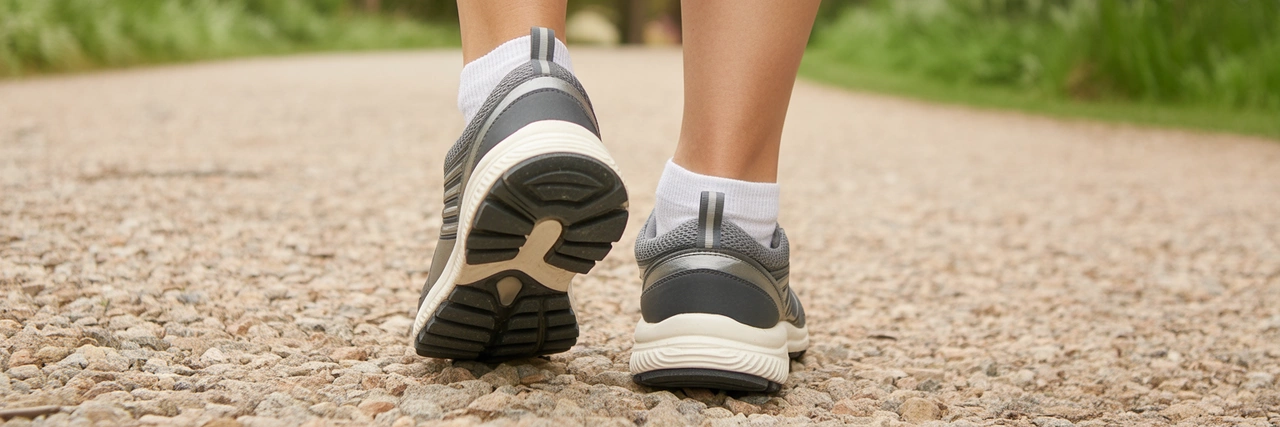
Sometimes I bring the kids with me. We follow a path alongside the creek, watch ducks, or identify different trees. This kind of activity helps us connect without distractions, and I appreciate these moments more with each step. The children learn about nature, I get some much-needed movement, and we all come back home a little happier.
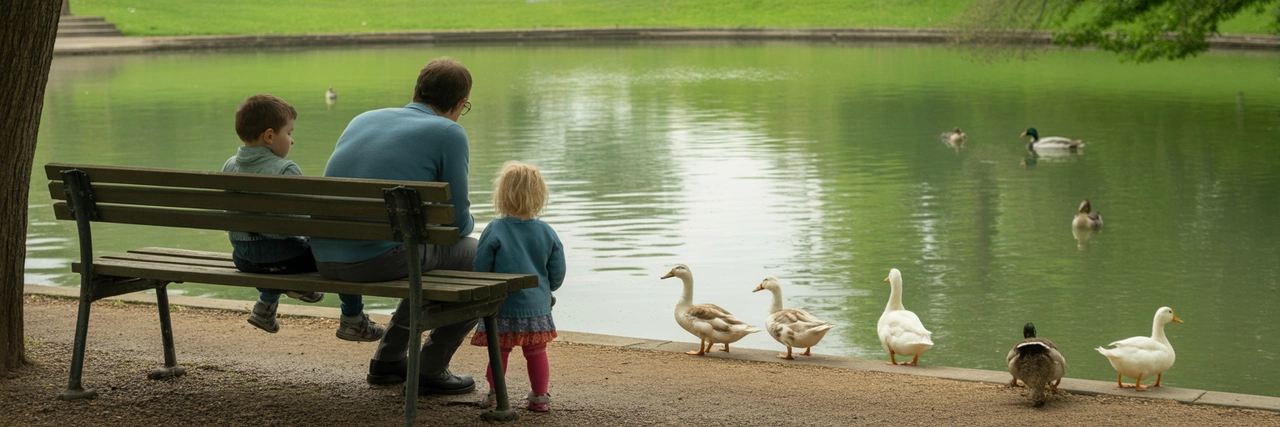
Walking shows me that staying healthy isn’t about drastic routines or heavy equipment — it’s about choosing simplicity and making time for myself and my family.
This Father’s Day, I decided to teach my kids something more permanent than a new gadget or a toy — I wanted to pass down a bit of knowledge, something that would stay with them for years. We spent the weekend in the garage, fixing up my old bicycles together.

I remember when I first learned to repair a flat tyre or adjust the brakes from my own dad — these small skills foster independence. So I turned this into a small workshop for the children, letting them do the repairs with their own hands. It’s a way for me to connect across generations and make sure they’re not afraid to solve problems themselves.

While we tightened chains and cleaned the frames, we fell into a comfortable rhythm. We exchanged stories about growing up, made plans for future rides, and simply enjoyed each other’s company without distractions. I think these moments matter much more than a new phone or a pair of designer shoes.
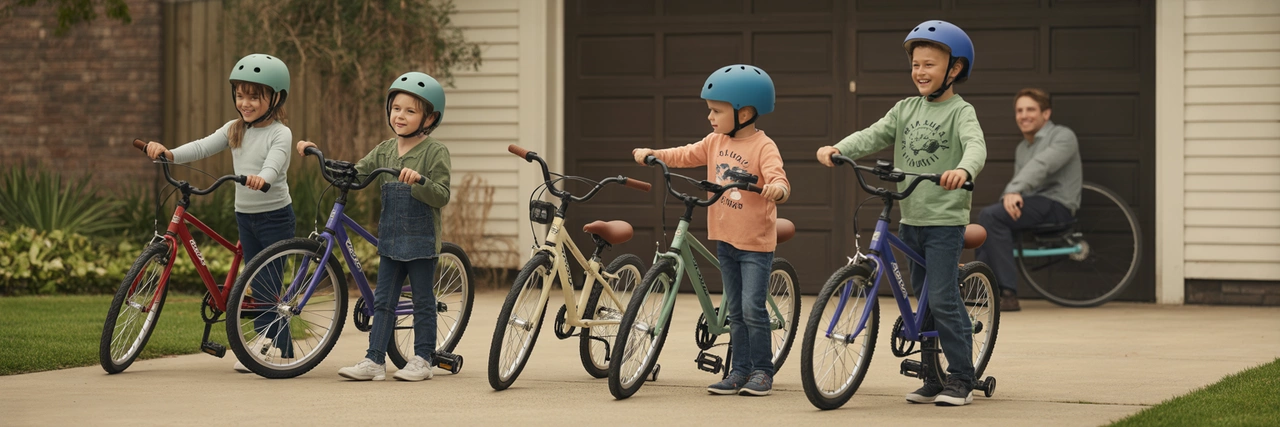
This kind of teaching helps me appreciate the role I have in their lives — not just as a parent, but as a guide, a friend, someone who prepares them for a world where they can stand on their own.
Every year, when Father’s Day comes up, I think back to what really matters in a family. It’s not the big presents or extravagant plans — it’s the routines we follow together and the feeling of stability. This holiday is a moment to appreciate that we’re all here, healthy, and connected.
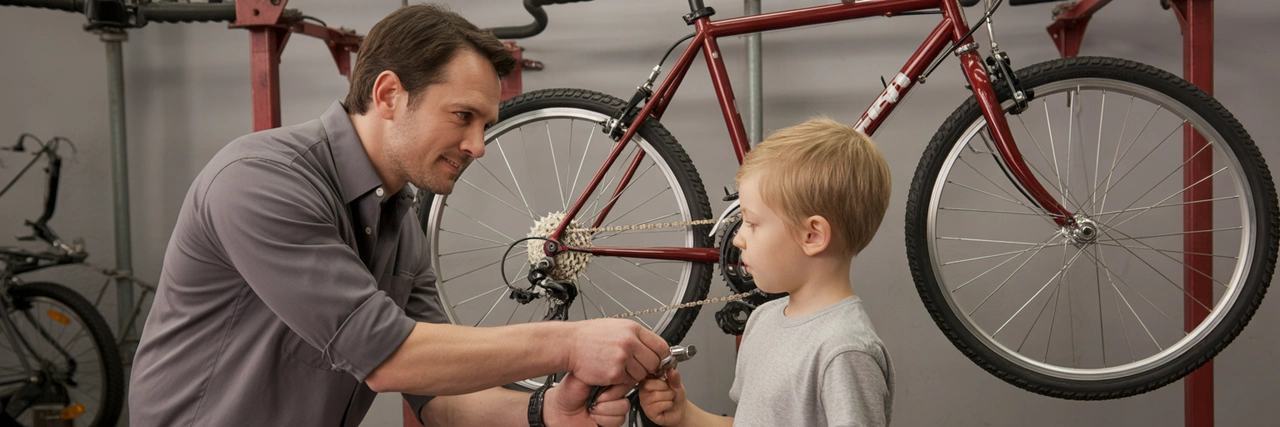
This year, I decided to repair the fence in our yard with the kids instead of booking a restaurant or a trip. We sanded down the wooden boards, chose a new color of paint, and turned it into a small team project. There’s something about putting in physical labor side by side that brings us closer — much more than sitting in a cinema or a restaurant.
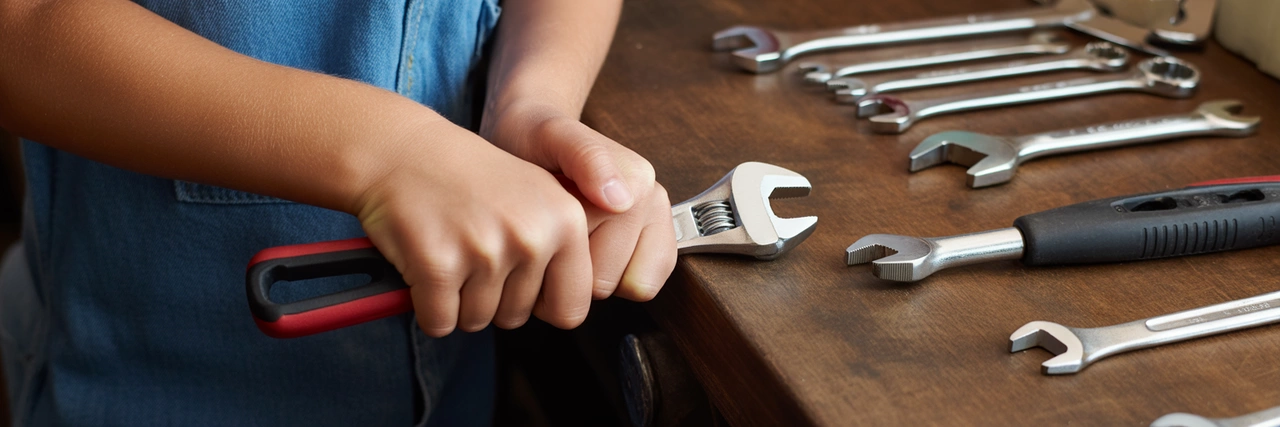
While we were busy with repairs, we also found time to talk — about their plans after graduation, about their growing independence, and about worries I hadn’t noticed previously. This kind of dialogue happens naturally when we’re engaged in something purposeful together.
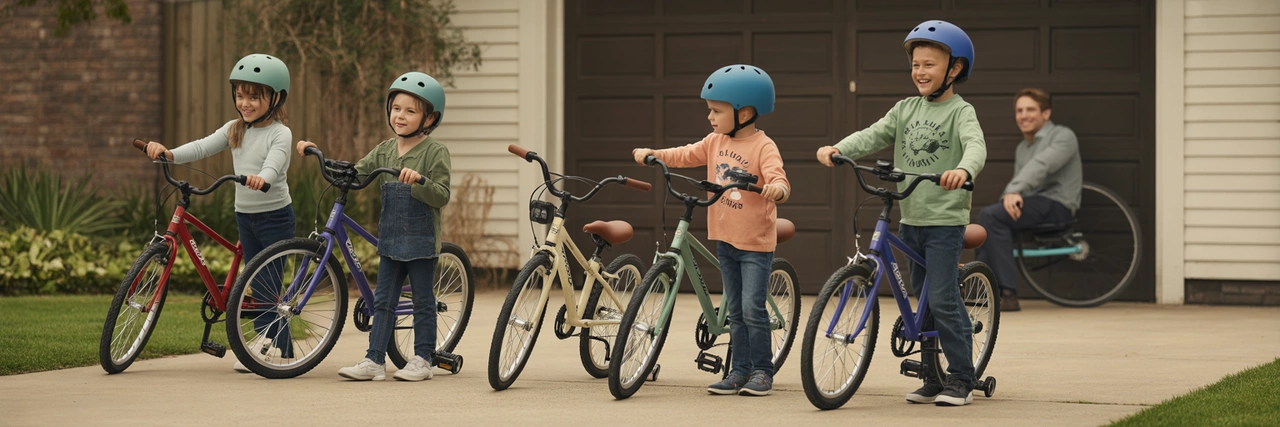
Instead of looking for a grand celebration, I’m choosing this small, constructive way to connect. It’s a moment that lets me appreciate both the process and the people I care about — a tradition that I hope my children will carry forward in their own families.
As Father’s Day approaches, I find myself reflecting on how this day has evolved in my life. It’s not about grand gestures or expensive gifts; it’s about the small, repeated rituals that have quietly shaped our family’s story. Over the years, the morning pancake tradition became a sacred start — nothing fancy, just batter, laughter, and sticky fingers around the kitchen table. These simple acts hold more meaning than any store-bought item could.
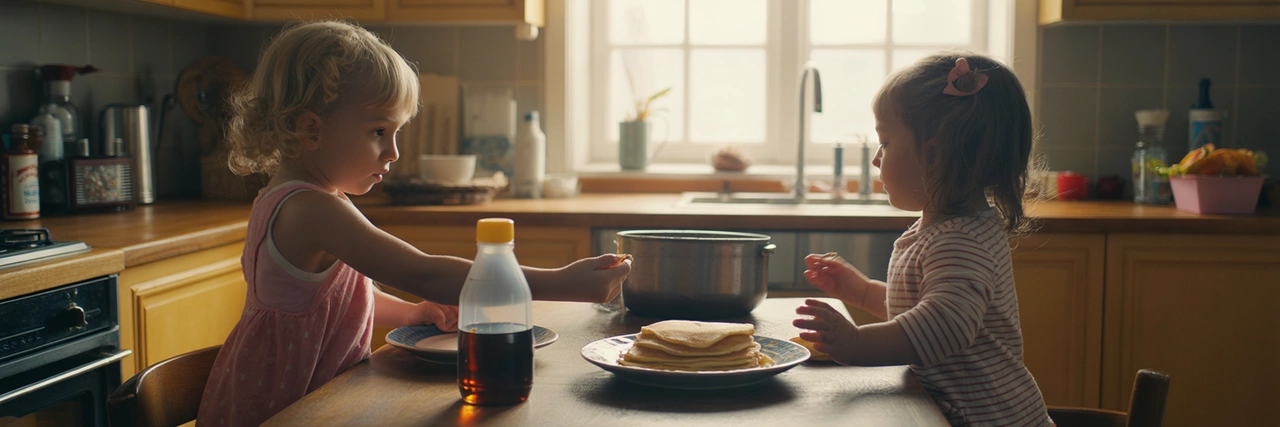
In recent years, Father’s Day has also become a reminder to reconnect with nature and health. A morning bike ride or a casual game in the park with the kids creates a space where conversation flows more easily than during the busy weekdays. These activities aren’t just about physical exercise — they’re about presence, shared time, and the chance to see each other outside of everyday routines.
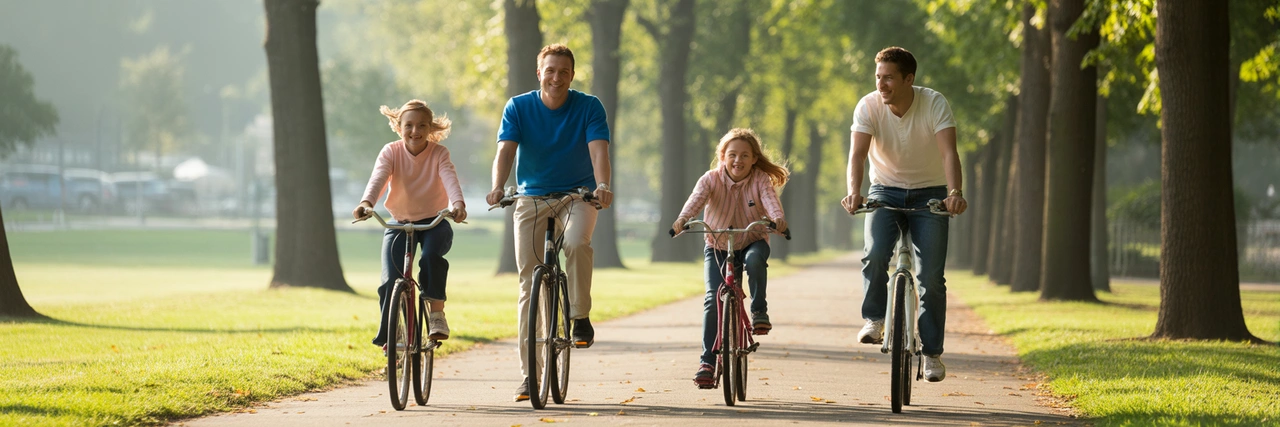
Finally, the evening often closes with quiet moments — a shared dinner or simply sitting together watching a game or documentary. These unhurried endings highlight the importance of being together without distractions. In a world that rushes constantly, Father’s Day encourages slowing down and appreciating these grounded, tangible connections.
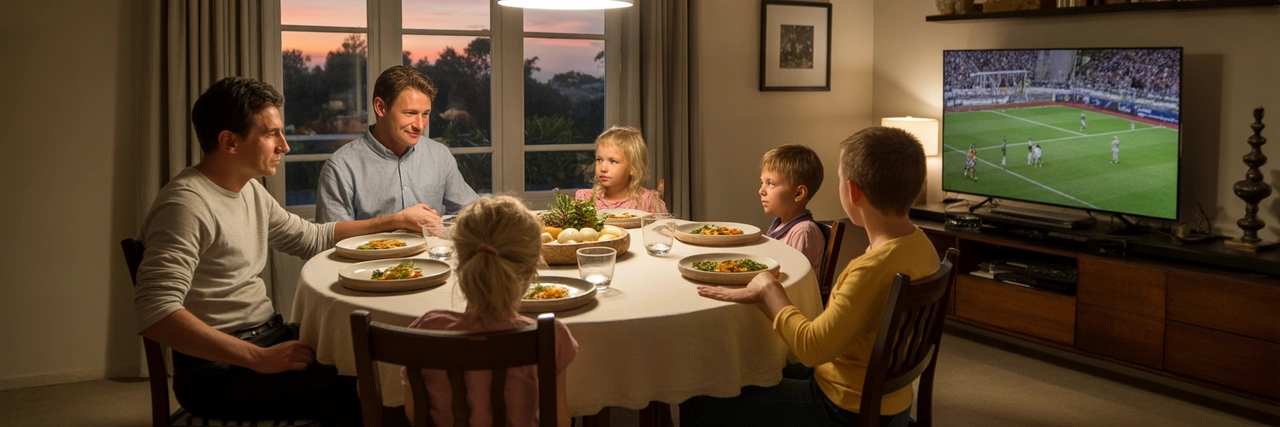
Modern humans know more than ever, can do more than ever — and yet, more and more people feel lost. We live in a time where the pace of change exceeds our capacity to adapt, where boundaries blur, and stability feels conditional, temporary, or illusory.
Life has become unpredictable. Economic turbulence shakes our sense of financial security. Social and political polarization makes even everyday conversations feel fragile. Climate anxiety casts a shadow over the future. And the constant stream of digital inputs leaves us mentally fragmented, overstimulated, and drained. These aren’t isolated stressors — they intersect and compound each other, wearing away at our sense of inner ground.
We’re spending more time reacting and less time reflecting. Our calendars are full, our minds are cluttered, and our attention is scattered. We're expected to stay updated, stay productive, stay connected — but few of us are taught how to stay centered. Psychologists now talk openly about the loss of internal resilience — that inner steadiness that helps us absorb challenges without falling apart.
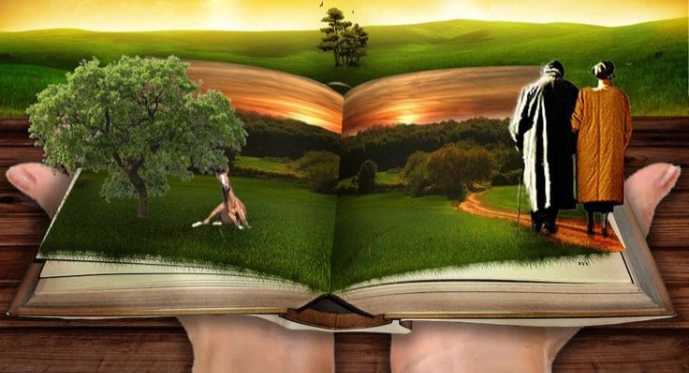
And so many of us are quietly asking: Where is my anchor? How do I find clarity when the world keeps shifting? How can I protect my energy, my focus, and my peace in a time that demands constant motion?
The answer isn’t in controlling everything. That’s not possible. The answer is in refocusing:
— Not in trying to predict the future, but in learning to meet it with presence and perspective.— Not in consuming more information, but in seeking deeper understanding.— Not in resisting change, but in cultivating the inner capacity to move through it with intention.
True resilience is not about building walls — it's about building depth. It’s about creating enough internal space to respond wisely instead of reacting reflexively. It’s about knowing when to pause, when to say no, and when to simply be — without productivity or performance.
So what does this look like in practice?
- Creating quiet routines that nourish your mind instead of draining it.
- Spending time in activities that bring clarity, not just stimulation — like reading, walking, journaling.
- Redefining success as alignment with your values, not with external metrics.
- Allowing space for imperfection, uncertainty, and rest.

In a culture that rewards speed and visibility, resilience is an act of subtle rebellion. It says: I do not need to keep up with everything to be whole. I do not need to be constantly available to be valuable. I do not need to perform calm — I can practice it.
Resilience in the 21st century isn’t something you have — it’s something you build. And it begins not with changing the world, but with changing how you move through it. Your anchor was never meant to be out there. It’s been within you all along — waiting to be remembered.
Every June, Glastonbury takes over Somerset with a mix of mud, music, and magic — and while I once thought it was strictly for young adults in wellies, attending in 2023 with my family changed my view entirely. Glastonbury isn’t just a music festival; it’s a cultural village with room for everyone, including curious kids and slow-paced dads like me. We planned carefully: stayed outside the main camping zone, packed enough snacks to survive a week in the wild, and stuck close to the festival’s “Kidzfield” — a vibrant space filled with circus acts, puppet shows, and more glitter than I thought humanly possible.
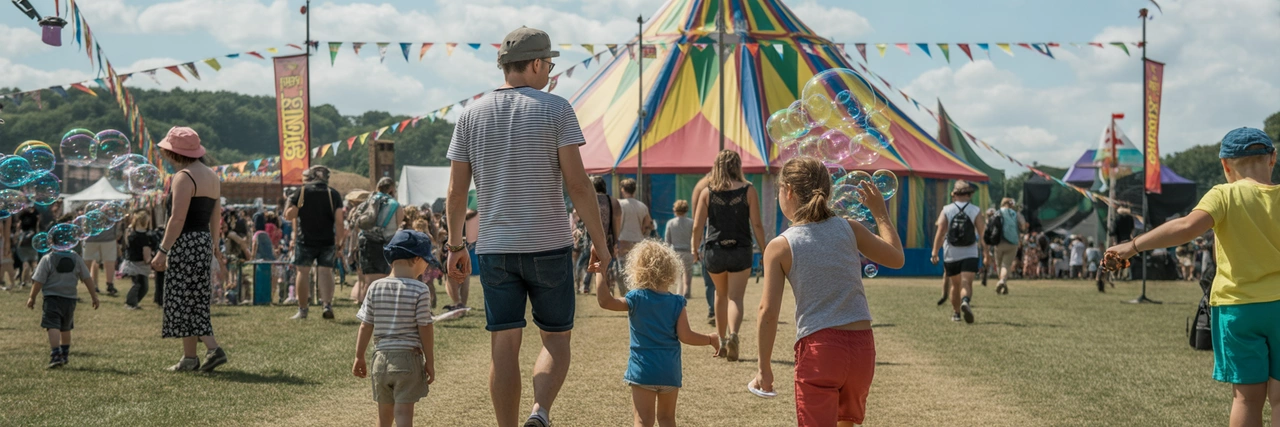
The real surprise came not from the headline acts, but from the smaller stages scattered across the site. My son discovered Irish folk music at Avalon Café. My daughter learned how to screen-print her own T-shirt in the Green Crafts area. Meanwhile, I found myself talking to a climate activist from Bristol over homemade cider. Glastonbury, in all its organized chaos, somehow makes room for intimate, human moments between the noise — and those are what stuck with us.
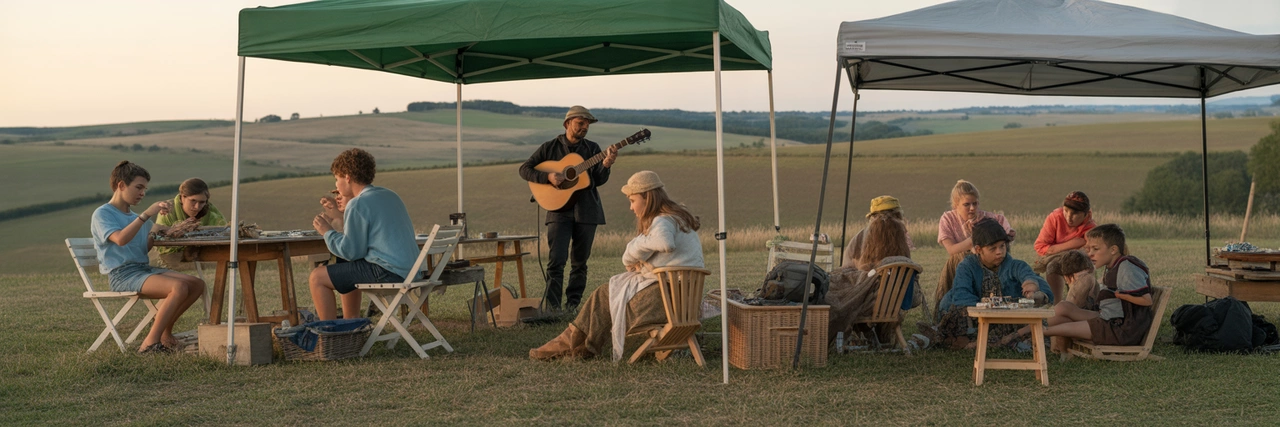
Of course, there were meltdowns. We got lost on the way to the Acoustic Stage, and someone (me) dropped a full tray of vegan nachos. But those hiccups added to the adventure. We laughed, problem-solved, and leaned into the flow of it all. Watching my kids learn to navigate a world much bigger and louder than usual made me proud — and a little nostalgic for my own younger festival days.
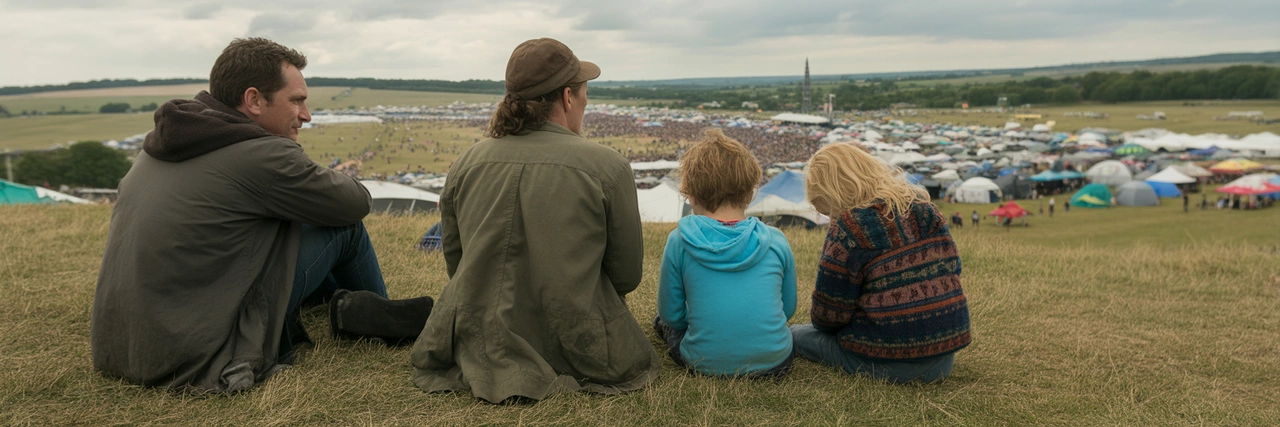
Since then, our family playlist has expanded to include everything from Punjabi pop to protest folk. Glastonbury opened a door for my kids to see music not just as entertainment, but as expression, identity, and connection. It reminded me that parenting doesn’t always mean teaching — sometimes it just means showing up, listening, and dancing along.
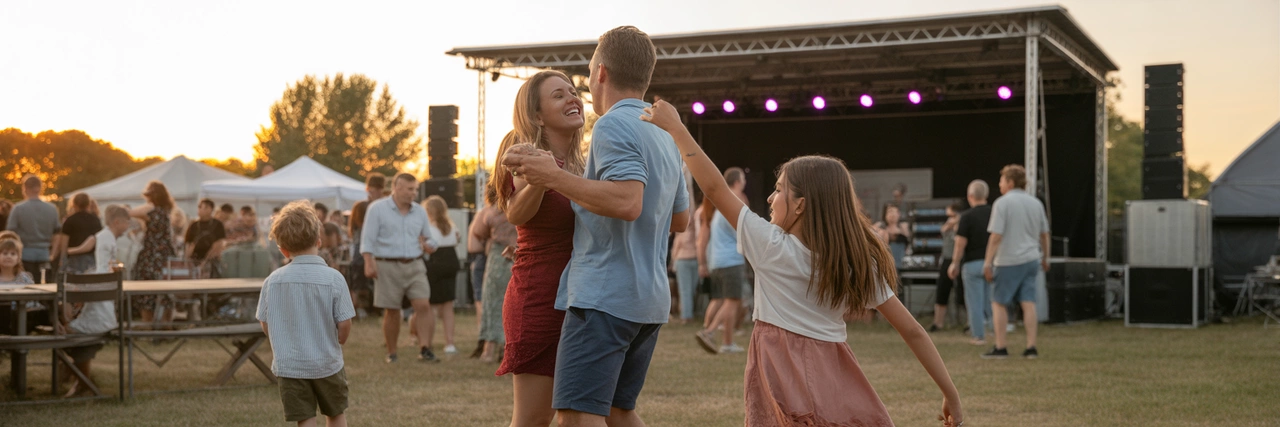
Last weekend, I walked by the new pickleball courts that opened in Riverside Park, and I was surprised by the number of people of all ages turning up to play. I saw children just learning to grip the paddle alongside seniors who have been perfecting their serve for years. The game, a blend of tennis, badminton, and ping-pong, is quickly becoming a way for people to connect across generations.
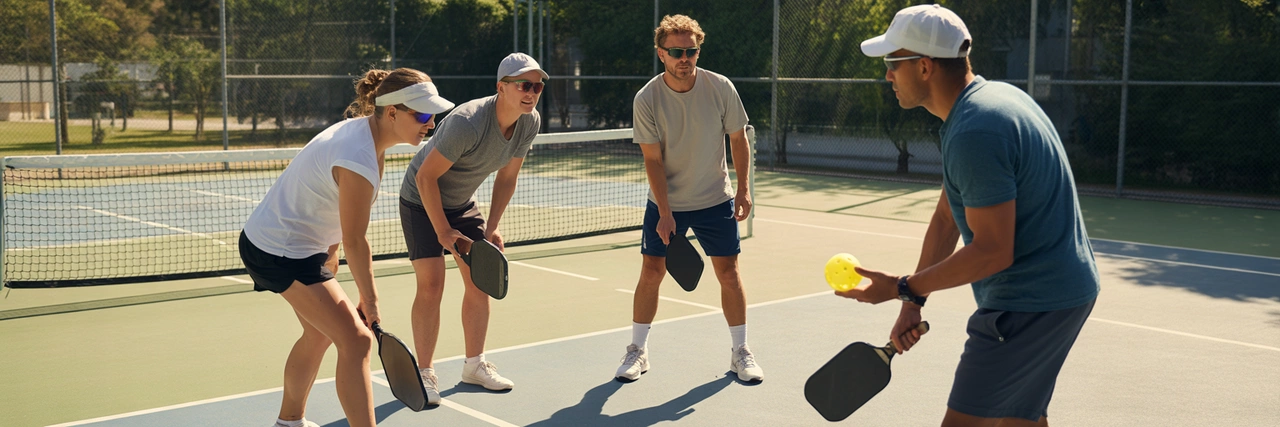
I remember when there were only a couple of pickleball nets in town, but now there are leagues, workshops, and tournaments every weekend. According to USA Pickleball, there are more than 4.82 million players in the country, reflecting a dramatic 39.3% growth over the last two years. This isn’t a solitary sport — it’s a social activity that brings people together, fostering friendships and healthy routines in a time when many feel isolated.
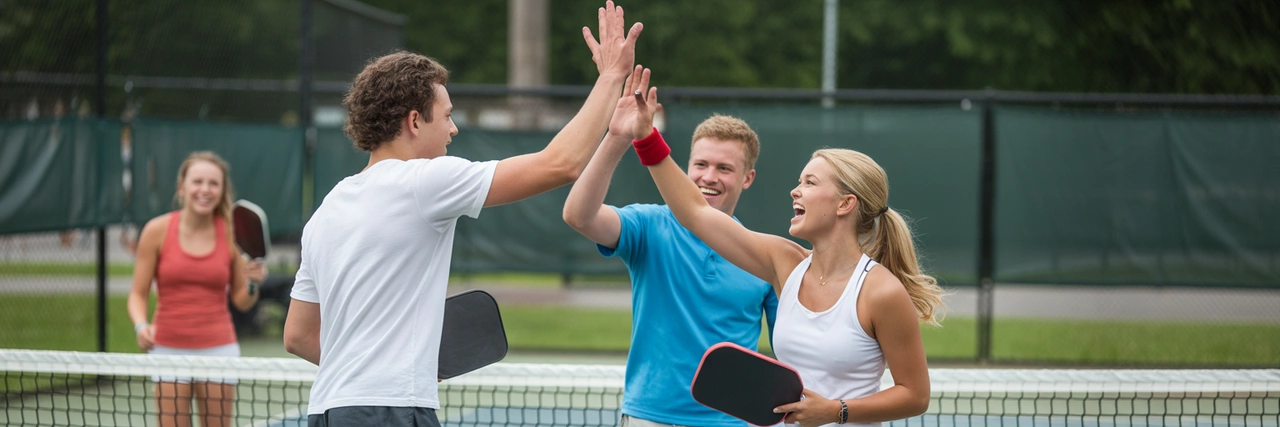
Some say pickleball is a game for the elderly, but I think that's a misconception. The sport’s growing popularity among millennials and Gen Z shows its universal appeal. The lightweight paddle and slower ball make for less strenuous movement, yet it's a great way to break a sweat and appreciate the fresh air alongside friends. I’m encouraged by this blend of activity and community — it's something we all need more of today.